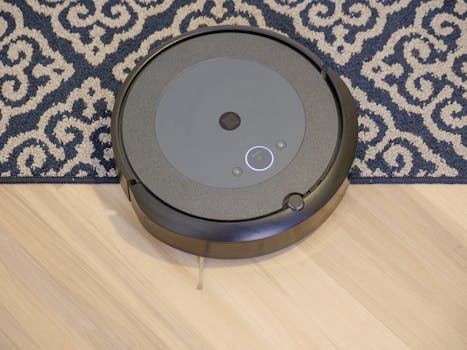
Smart Homes and Smart Living: The Technological Transformation of European Homes by 2025
Smart Homes and Smart Living are revolutionizing the way we live in European homes. The concept of a smart home is no longer a futuristic idea, but a reality that is becoming increasingly popular across Europe. With the advent of technology and the Internet of Things (IoT), homes are becoming more connected, efficient, and sustainable.
Introduction to Smart Homes
A smart home is a residence that is equipped with advanced technology and devices that can be controlled and monitored remotely. These devices can range from simple appliances such as thermostats and lighting systems to more complex systems such as security cameras and door locks. The primary goal of a smart home is to provide a more convenient, efficient, and sustainable way of living.
Benefits of Smart Homes
There are numerous benefits to living in a smart home. Some of the most significant advantages include:
- Energy Efficiency: Smart homes can help reduce energy consumption by automatically turning off lights, appliances, and other devices when not in use.
- Increased Convenience: Smart homes can be controlled and monitored remotely, allowing residents to adjust settings and receive notifications from anywhere.
- Enhanced Security: Smart homes can be equipped with advanced security systems, including cameras, door locks, and motion sensors, to provide an added layer of protection.
- Improved Sustainability: Smart homes can help reduce waste and promote sustainable living by optimizing energy consumption and water usage.
Technological Transformation of European Homes
The European home is undergoing a significant transformation, driven by advancements in technology and the increasing demand for smart living solutions. By 2025, smart homes are expected to become the norm, offering residents a more convenient, efficient, and sustainable way of living.
Some of the key technologies driving this transformation include:
- Artificial Intelligence (AI): AI is being integrated into smart home devices to enable voice control, predictive maintenance, and personalized recommendations.
- Internet of Things (IoT): The IoT is connecting devices and appliances, allowing them to communicate and interact with each other seamlessly.
- 5G Networks: The rollout of 5G networks is providing faster and more reliable connectivity, enabling the widespread adoption of smart home devices.
Future of Smart Homes in Europe
By 2025, smart homes are expected to become the standard in Europe. According to a report by the European Commission, the smart home market is expected to grow from €15 billion in 2020 to €45 billion by 2025.
Some of the key trends shaping the future of smart homes in Europe include:
- Increased Adoption of Voice Control: Voice control is becoming increasingly popular, with devices such as Amazon Alexa and Google Home becoming integral to smart home systems.
- Growing Demand for Energy Efficiency: As concern for the environment grows, smart homes are being designed to optimize energy consumption and reduce waste.
- Advancements in Home Automation: Home automation systems are becoming more sophisticated, enabling residents to control and monitor their homes remotely.





